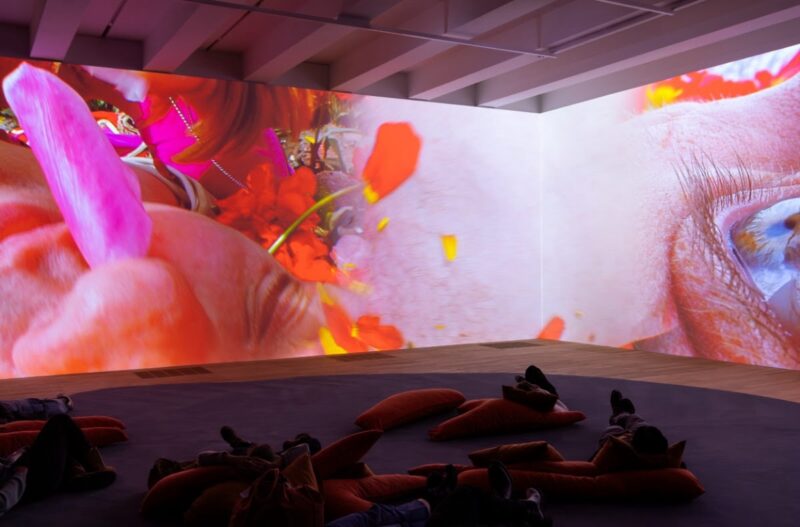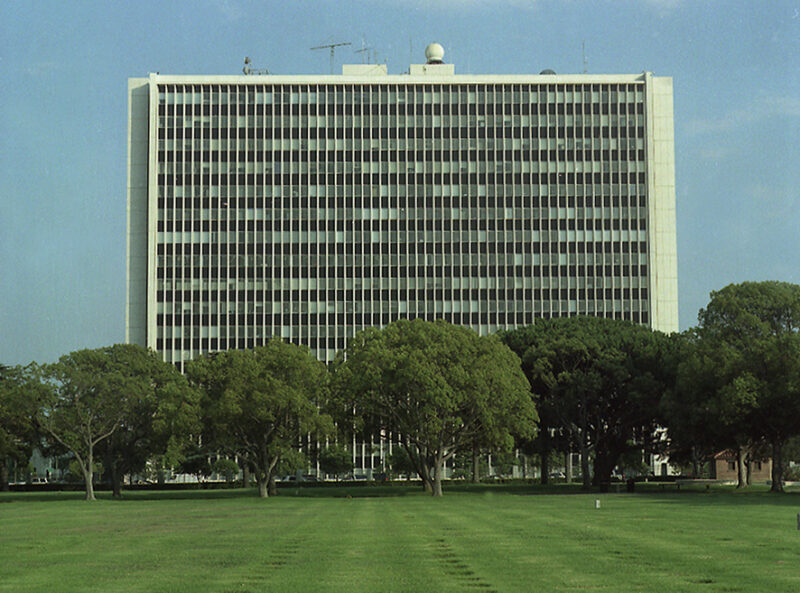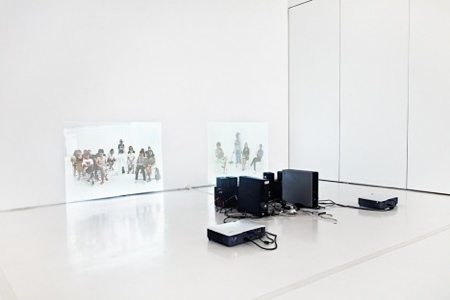
Inside/Outside: Materialising the Social Saturday 21 July Learn more about social and political relationships within performance with key thinkers Claire Bishop and Dorothea Van Hantelmann Image courtesy of Guangdong Times Museum
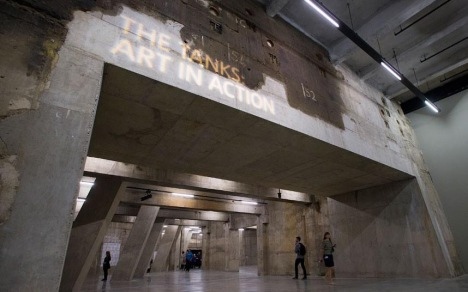
a href=”https://fadmagazine.com/wp-content/uploads/20120718-094524.jpg”>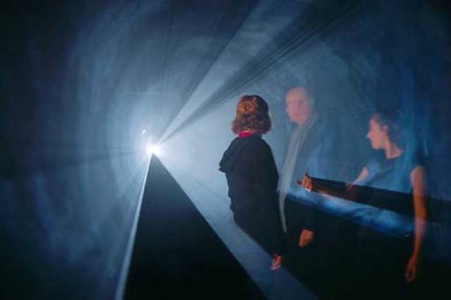
Anthony McCall Sunday 22 July A rare opportunity to see all four 1974 cone films by Anthony McCall
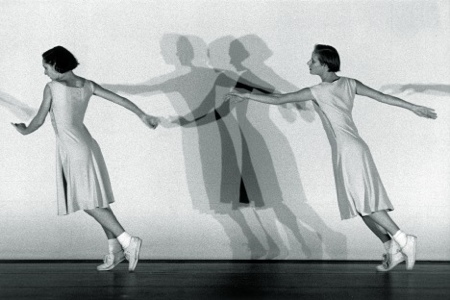
Anne Teresa De Keersmaeker Thursday 19 – Friday 20 July One of the most important choreographers of the 20th century performs widely acclaimed Fase: Four movements to the music of Steve Reich Photo: Herman Sorgeloos
A fifteen week festival from 18 July – 28 October 2012 www.tate.org.uk/
Two dancers in an empty marked out space. We sit or stand and watch at the edges. The music is urgent, fast-paced, repetitive. The dancers move apparently in unison: their bodies, their gestures, their movements repeat, reflect, mirror. We’re so close we can hear their shoes scraping the floor; and their breath. At intervals they breathe out, and the sound is a hiss. I hear one of them speak out clipped instructions or beats. The force of breath, of movement and repetition draw us closer. The space of the performance is bodily and intimate while it is austere: it draws us instantly into the space of emotion and the physicality of the dance. The ending is asymmetrical, off-beat. Looking closely, incongruous, barely visible chance elements enter the spaces between the dancers. The performance is the work of Belgian choreographer Anne Teresa de Keersmaeker, and is a component of Fase: Four Movements to the Music of Steve Reich. Now showing at Tate Modern’s ‘Tanks’ it was first performed in 1982, in Brussels.
Previously the underground oil tanks of the power station – today Tate Modern – ‘Tanks’ have been rehabilitated by the Swiss architectural practice Herzog & de Meuron. The aesthetic is raw and industrial. Exposed concrete carries the scars and marks, self-conscious and deliberate, of what came before. A familiar design aesthetic embodying the processes of time: destruction, re-making, re-imagining. I look upwards and across the walls taking in traces and smudges of industrial paint, rust, and construction notes. The space performs the aesthetic of experimentation and change speaking to the concerns of performance, video and film as art. These practices emerged through the 20th century in a critical relationship to power, history, art worlds and politics. It remains to be seen how the histories of performance, video and film are to be documented, re-staged and made visible to publics who can’t necessarily be boxed or imagined. And what artists, historically on art world peripheries, make of their new-found consecration.
The past decade has witnessed an accelerating interest in performance and film-based media in art. Artists have also opened up their practice to include new technologies and social media. But there is alongside this the pull to history and the technologies, and imagined sensations, of the past. De Keersmaeker’s second choreographed piece ‘Coming Out’ invokes the visual vocabulary of authoritarian regimes. Repetitive, discontinuous movements are enacted in a relationship to extracts from a taped interview with Daniel Hamm. Hamm was one of the Harlem Six arrested during the Harlem Riots of 1964, and charged with murder. We hear Hamm’s voice and his words: ‘I had to, like, open the bruise and let some of the bruise blood come out to show them’. As we watch, the repetitions – heard and seen – become unbearable as they crack open the absurdity, and anguish of race-based violence.
The experiences produced by performance art are immediate, subjective and personal. Performance art can be exhausting to watch: drawing us in emotionally and bodily. At its best, it challenges our relationship to the world; and our capacity to feel, to think and to interpret.
Review byYvette Greslé

